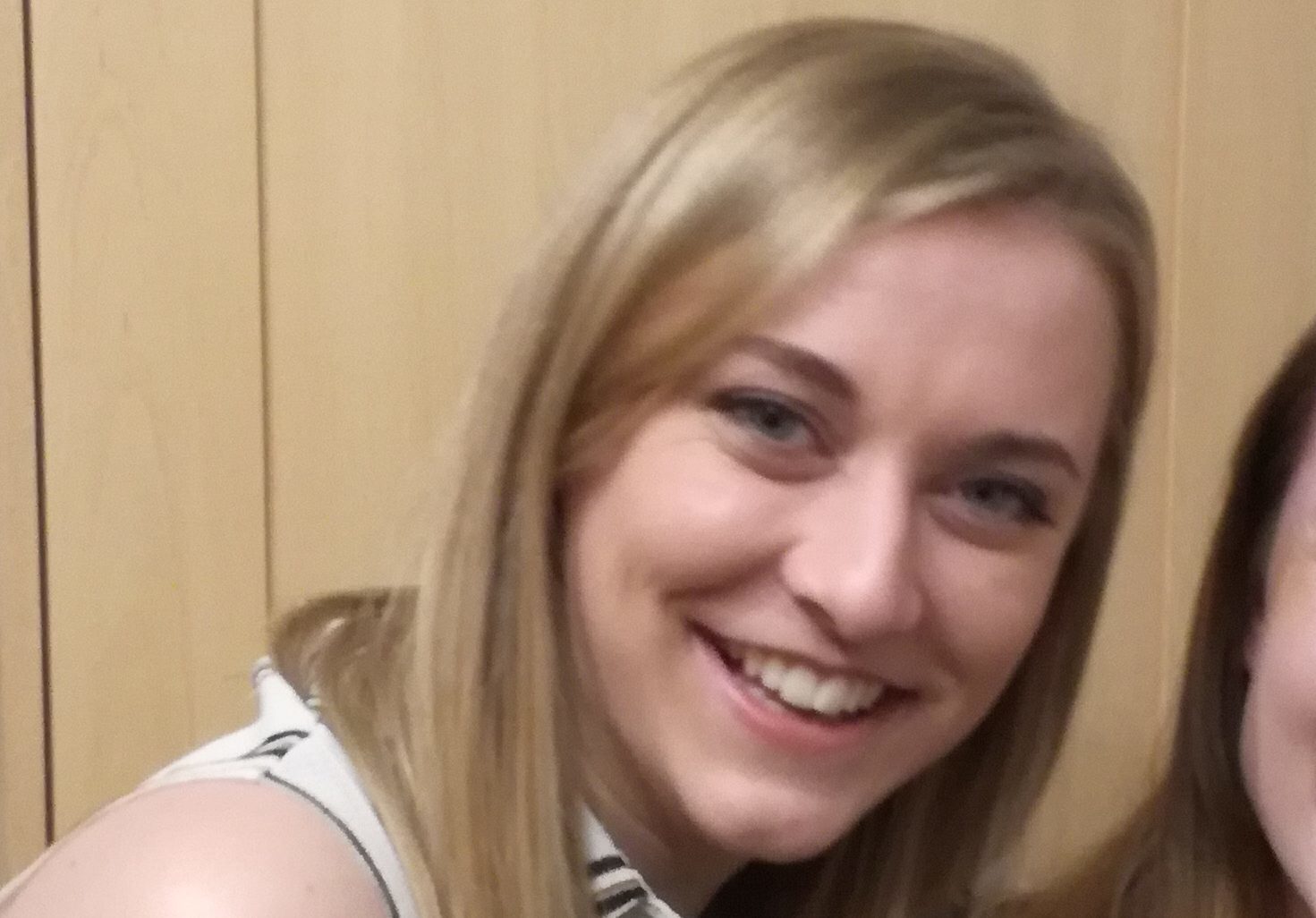
“I CHOSE to have part of my brain removed and had to learn to walk all over again.”
They’re the words of Dani Beach, who was faced with a near-impossible decision.
The 23-year-old was offered brain surgery that would likely stop the epileptic seizures that were dominating her life.
But she knew that there was a chance that surgery could leave her with no movement in the left side of her body, and needing to learn to walk all over again.
Dani’s epilepsy started when she was 18, but it took eight months for it to be diagnosed.
“During those eight months, I had no idea what the ‘episodes’ I was having could be,” Dani, from Waterlooville, explains.
“It was so scary. I had just started university and feared I would be judged when making friends because of the unexplained, strange things that would happen to my body.
“After a while, my parents took me to see a consultant neurologist.
“He was the one who told me what was going on — I had epilepsy.
“An MRI scan confirmed that I had a benign brain tumour in my right hippocampus.
“This was affecting the electrical activity in this part of the brain, as well as in my amygdala.
“The ‘episodes’ I’d been having were focal seizures.
“The seizures were always different, but they would always make me do or say very random things. I have no memory of what happens, or what I do during a seizure.
“It was really hard to explain to those around me what was going on.
“I’ve noticed that when they hear the word ‘epilepsy’, most people think of someone falling to the floor and convulsing after seeing a flashing light.
“My seizures couldn’t be more different than that. This means I often find people looking at me oddly.
“When it was at its worst, my epilepsy would cause me to have up to eight seizures a week.
“My epilepsy really badly affected my memory. I only have vague memories of the last five years.
“It would get upsetting and frustrating to have to repeatedly ask questions about stuff I should have known, like what my best friends did for a living.
“My memory problems meant I also struggled to keep in touch with friends who lived a long way away — I couldn’t remember films I had watched the week before or book chapters I had read three days before, let alone when I’d last spoken to a particular person.
“The biggest impact my epilepsy had on me was the loss of my independence,” Dani adds.
“I never knew when I would have a seizure, and so I would rarely leave the house alone. I had to give up my driving licence and so relied on getting lifts everywhere.
“I had to tell everyone I met about my epilepsy in case something happened while I was with them.
“On the occasions I got a train, I would constantly be looking for somebody who looked ‘sensible enough’ to tell if I were to have an aura/seizure.
“I only ever had around 20 seconds to explain the strange behaviour that was about to take place.
“It was all so frustrating and embarrassing.
“The doctors had told me that brain surgery was an option when I was first diagnosed with epilepsy, but it petrified me and I planned to avoid it at all costs.
“After all, who wants to have part of their brain removed?
“Two years into unsuccessful treatment and regular seizures, however, my opinion had changed.
“I was willing to do anything to get rid of the seizures that were controlling my life.
“I still knew that the surgery could have severe side effects — I could lose the movement in the left side of my body, or my peripheral vision — but I didn’t let myself think too much about it.
“I had the surgery in 2014. The side effects were every bit as severe as the worst-case scenario that the doctors had told me.
“I lost the top-left quarter of my vision in both eyes, and I couldn’t move my left side after the operation. This hit me pretty hard — but my seizures were gone!
“I’ve had to learn to use my left side again, which meant learning to walk all over again. But this has only made me more determined and stronger than ever.
“I have got my memory and my independence back. I’m able to enjoy my own company. We 100% take these things for granted, but I never will again.”
For more information visit Epilepsy Action at www.epilepsy.org.uk or call 0808 800 5050.

Enjoy the convenience of having The Sunday Post delivered as a digital ePaper straight to your smartphone, tablet or computer.
Subscribe for only £5.49 a month and enjoy all the benefits of the printed paper as a digital replica.
Subscribe